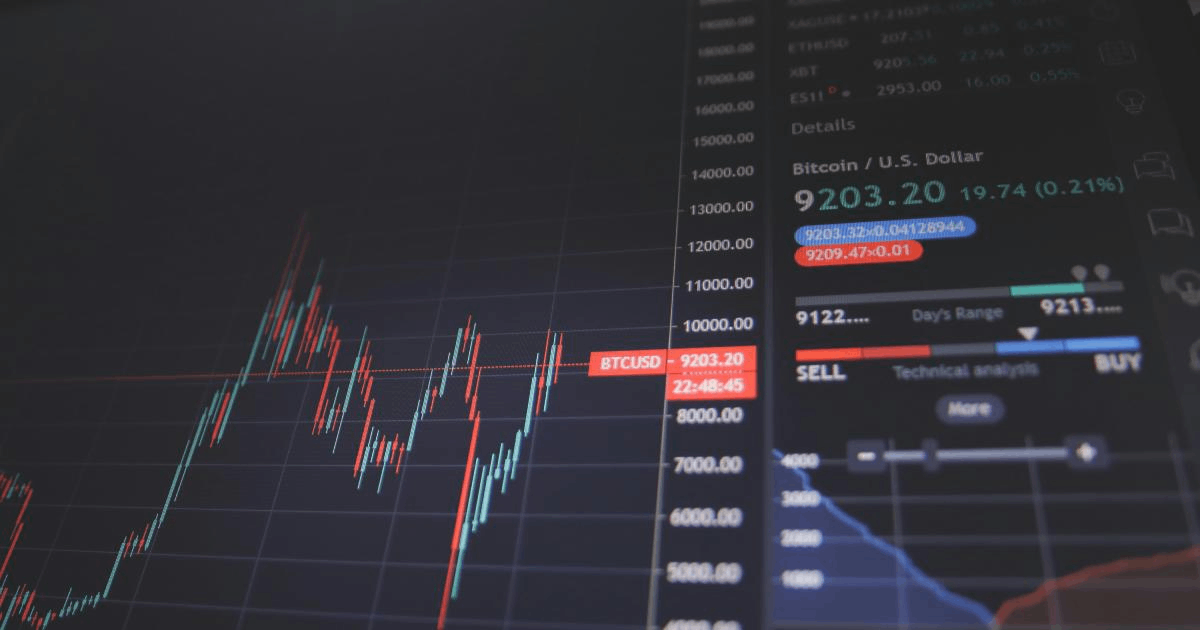
By Lawrence G. McMillan
Traders are abuzz with the seemingly absurd fact that $VIX is up strongly today (and up for four days in a row), even though the market has risen strongly over that time – and is blasting explosively higher today.
Forget why this is happening. Can this be sustained? The simple is answer is “yes,” of course. Anything can happen – and probably will – is an old adage on Wall Street (and in life). But has this ever happened over a lengthy period of time? It certainly has.
When the market eventually emerged from a low-volatility environment that had encompassed 1993 and much of 1994, both $VIX and the stock market rose together until the fall of 1997.
The accompanying chart shows the Dow Jones 30 Industrials on the left, and a longer-term chart of $VXO (the original $VIX) on the right. The rectangle on the $VXO chart corresponds to the time period shown on the Dow chart.
Note that $VIX approximately doubled – from levels just above 10 to levels in the low 20's – from early 1995 through September of 1997. There was a very brief, but sharp 9% correction in July of 1996. But the rest of the time, markets were moving higher, and $VIX was increasing. This was a terrific time for straddle buying. Opportunities arose in other strategies as well: for example, the “volatility capture” strategy that we use in our managed accounts works extremely well in an environment like that.
Eventually, in October of 1997, the market suffered a crushing blow in late October. On October 27, 1997, the Dow was limit down (550 points, at the time) – the only time in history that the Dow has been limit down. From then on, the more normal – inverse – relationship between $VIX and the stock market was in play.
But for quite a while, $VIX rose while the market did as well. So it can happen for more than just a brief period of time.■
This article will be featured in the 12/1/2017 edition of The Option Strategist Newsletter.
© 2023 The Option Strategist | McMillan Analysis Corporation

